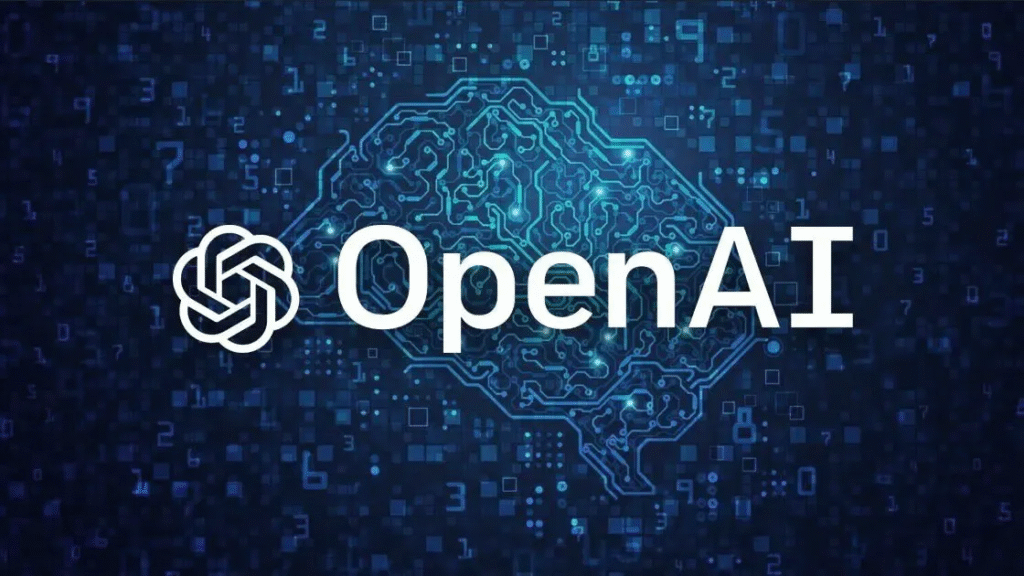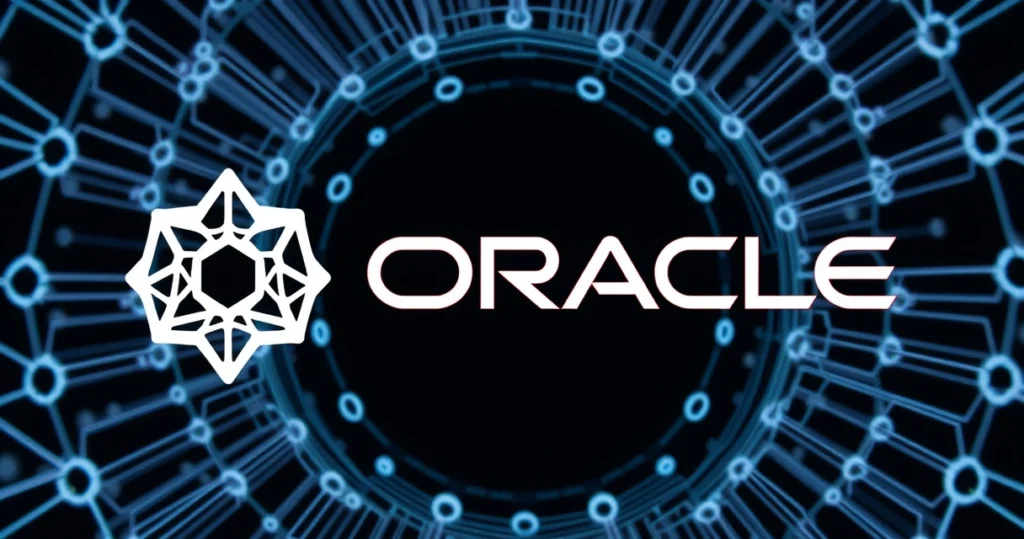The rapid advancement of artificial intelligence (AI) technologies has placed immense pressure on companies like OpenAI to maintain consistent performance and reliability. As the demand for AI models, particularly in natural language processing and machine learning, continues to surge, the underlying infrastructure supporting these technologies must evolve accordingly. In response to ongoing GPU shortages, OpenAI has made a strategic decision to partially migrate its operations to Google Cloud. This shift not only addresses the current challenges but also aims to enhance the overall stability of OpenAI’s services, including the popular ChatGPT.

This article delves into the implications of OpenAI’s transition to Google Cloud, the impact of GPU shortages on AI development, and how cloud infrastructure can provide the necessary scalability and reliability for OpenAI’s expanding operations. By examining these elements, we can better understand the strategic choices made by OpenAI and the future landscape of AI infrastructure.
The Current Landscape of GPU Shortages
Graphics Processing Units (GPUs) are essential for training and deploying advanced AI models. However, the global semiconductor shortage has led to significant GPU shortages, hampering the ability of AI companies to scale their operations effectively. This section explores the factors contributing to the GPU crisis.
Factors Contributing to GPU Shortages
- Increased Demand: The explosive growth of AI applications has resulted in unprecedented demand for GPUs, with tech giants and startups alike vying for limited resources.
- Supply Chain Disruptions: Global events, such as the COVID-19 pandemic, have caused significant delays in the production and distribution of semiconductors, leading to a bottleneck in GPU availability.
- Cryptocurrency Mining: The rise of cryptocurrency mining has further exacerbated GPU shortages, as miners purchase large quantities of GPUs, driving up prices and reducing availability for AI companies.
OpenAI’s Migration to Google Cloud
To navigate the challenges posed by GPU shortages and ensure the continued growth of its AI capabilities, OpenAI has initiated a partial migration to Google Cloud. This strategic shift is designed to leverage the robust cloud infrastructure that Google offers, enhancing both performance and reliability.
Benefits of Google Cloud for OpenAI
By transitioning to Google Cloud, OpenAI stands to gain several advantages that are crucial for maintaining its competitive edge:
- Scalability: Google Cloud provides on-demand access to a wide range of GPU resources, allowing OpenAI to scale its operations according to its needs without facing the limitations of physical hardware.
- Improved Performance: With Google Cloud’s optimized infrastructure, OpenAI can expect reduced latency and improved processing speed for its AI applications, ensuring a smoother user experience.
- Cost Efficiency: The pay-as-you-go model of cloud services allows OpenAI to manage its operational costs more effectively, especially during periods of fluctuating demand.
Enhancing Stability Through Cloud Infrastructure
One of the key motivations behind OpenAI’s shift to Google Cloud is to boost the stability of its services. Given the increasing reliance on AI technologies, ensuring that these services run smoothly and without interruption is paramount.
Strategies for Enhancing Stability
OpenAI can employ several strategies through its partnership with Google Cloud to enhance the stability of its offerings:
- Redundancy: Utilizing cloud infrastructure allows OpenAI to implement redundancy measures, ensuring that if one component fails, others can take over seamlessly.
- Load Balancing: Google Cloud’s load balancing capabilities enable OpenAI to distribute traffic efficiently, preventing any single server from becoming overwhelmed.
- Regular Updates and Maintenance: The cloud environment facilitates easier updates and maintenance, allowing OpenAI to quickly roll out enhancements and security patches without significant downtime.
Future Implications for AI Development
OpenAI’s move to Google Cloud is not merely a short-term solution to GPU shortages; it also sets the stage for the future of AI development. By embracing cloud technologies, OpenAI can position itself to take advantage of emerging trends in the AI landscape.
Potential Trends in AI Infrastructure
As cloud technology continues to evolve, several trends may shape the future of AI infrastructure:
- Hybrid Cloud Solutions: Companies may adopt hybrid cloud strategies, combining on-premise resources with cloud services to optimize performance and cost.
- AI-Optimized Hardware: Innovations in AI-specific hardware could emerge, offering enhanced capabilities for training and deploying models within cloud environments.
- Increased Collaboration: Partnerships between AI companies and cloud providers will likely deepen, leading to more tailored solutions that address specific industry challenges.
Frequently Asked Questions (FAQ)
1. Why is OpenAI migrating to Google Cloud?
OpenAI is migrating to Google Cloud to address GPU shortages, enhance stability, and leverage the scalability and performance benefits of cloud infrastructure.
2. How do GPU shortages affect AI development?
GPU shortages limit the availability of necessary resources for training and deploying AI models, impacting the speed and efficiency of development.
3. What are the benefits of using cloud infrastructure for AI?
Cloud infrastructure offers scalability, cost efficiency, improved performance, and enhanced stability, making it an ideal solution for AI companies like OpenAI.
4. Will OpenAI completely abandon its existing infrastructure?
No, OpenAI is making a partial migration to Google Cloud, which means it will continue to utilize its existing infrastructure while leveraging the benefits of cloud services.
5. How can businesses benefit from OpenAI’s move to Google Cloud?
Businesses can benefit from improved AI services and applications, as the enhanced stability and performance of OpenAI’s offerings will lead to better user experiences.
Conclusion
OpenAI’s strategic shift to Google Cloud marks a significant development in the AI landscape, driven by the pressing need to address GPU shortages and enhance service stability. By leveraging the scalable and efficient cloud infrastructure provided by Google, OpenAI aims to maintain its position at the forefront of AI innovation. This transition not only mitigates current challenges but also paves the way for future advancements in AI technology, ultimately benefiting developers and users alike. As the demand for AI continues to grow, such strategic partnerships will play a crucial role in shaping the future of this transformative industry.
📰 Original Source
Este artigo foi baseado em informações de: https://tecnoblog.net/noticias/openai-faz-migracao-parcial-para-infraestrutura-de-nuvem-do-google/



